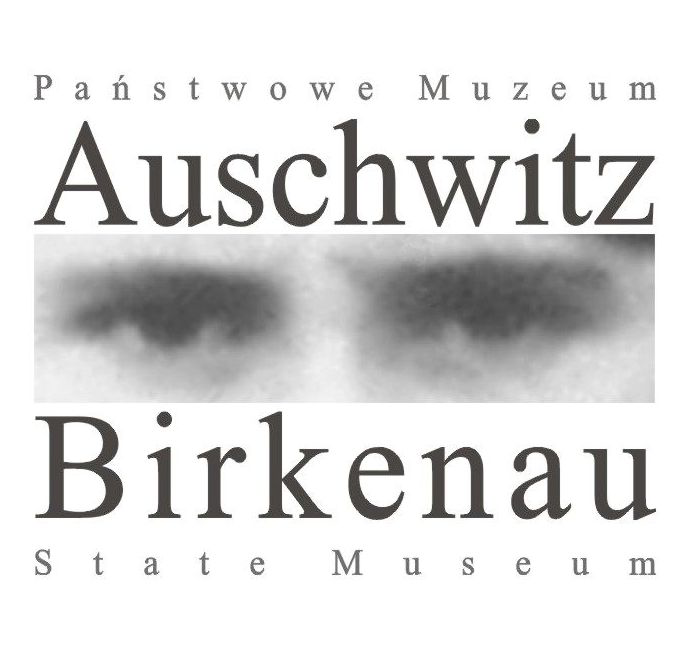photo: Jaroslaw Praszkiewicz
Escapes
Extract from "The Destruction of European Roma in KL Auschwitz: A guidebook for visitors"
In the period between the arrival of the first Roma at KL Auschwitz (July 1941) and the liquidation of the Zigeunerfamilienlager (August 2nd, 1944), 58 Roma/Sinti attempted to escape (56 men and 2 women). Of these, 30 were prisoners from the Zigeunerfamilienager. One person was shot while attempting to escape and 30 were caught, held in the bunker of the block 11 and shot at the Wall of Death. There is no information about seven persons, which probably means that in their case the escape was successful. In the account of one prisoner there are mentions of the hanging of the fugitives in the area of the “Gypsy camp.”
Prisoners caught while trying to escape were also killed in the sub-camps of KL Auschwitz, which were labor camps exploiting the work of prisoners. One such sub-camp was Arbeitslager Janinagrube [labor camp Janina mine] in Libiąż, from autumn 1943 a part of KL Auschwitz. A German Rom or Sinto imprisoned in this sub-camp attempted to escape by digging an underground passage. When the excavation was discovered, the prisoner was sent to block 11 and then brought back and hanged on makeshift gallows.
Several cases of escapes occurred among the Gypsies. When they were caught, their bodies were carried around all the barracks as a warning. The legs were uncovered so that the marks of the dog bites could be seen and the bodies had signs of gunshots. The scenes when relatives recognized these dead people as their relatives, fathers, or brothers are indescribable.
Account by Dr. Jan Češpiva, a prisoner who served as a doctor in the Zigeunerfamilienlager. APMA-B. Statements, vol. 74, 32-35.
A great many Gypsies ran away from the camp, but these escapes turned out badly for them. The ones who were caught were taken to Auschwitz and shot there. I remember how on a certain occasion two Gypsy men and one Gypsy woman who were caught as they escaped from the camp by means of a barrel placed between the barbed-wire fences were hanged in the Gypsy camp.
Account by Jan Kwiatkowski, a prisoner of the Zigeunerlager. APMA-B. Statements, vol. 3, 399-400.
The Gypsy who tried to escape was first locked in the bunker in the area of the sub-camp and then taken to Auschwitz to block 11. After about two months a gallows was installed in “Janinagrube” and the Gypsy was publicly hanged.
Account by Eugeniusz Ciećkiewicz, prisoner of Janinagrube sub-camp of KL Auschwitz. APMA-B. Statements, vol. 30, 94-100.
Sìnte aj Rroma and-o Auschwitz
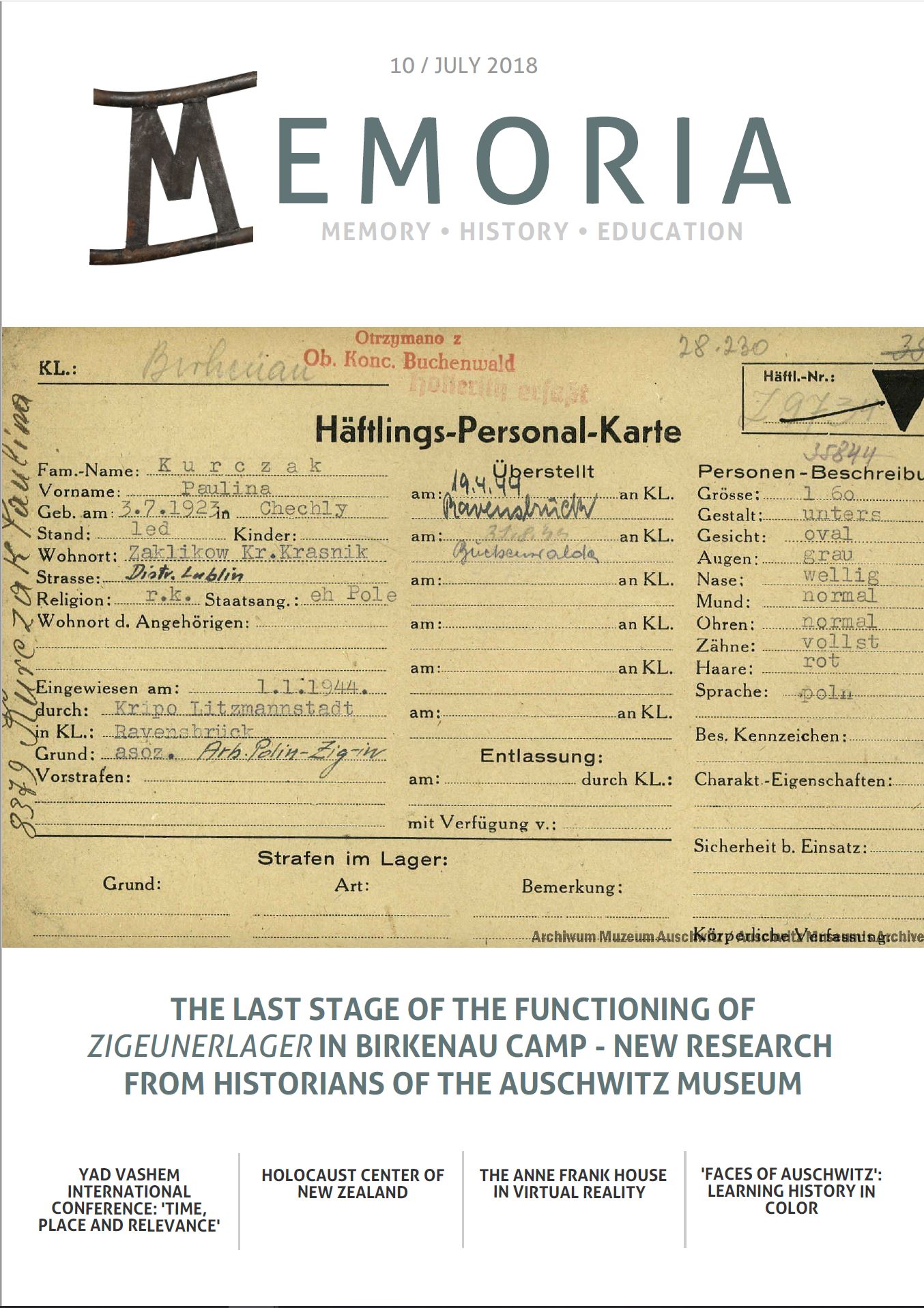
The last stage of the functioning of the ‘Zigeunerlager’ in the Birkenau Camp
Recent research by historians of the Auschwitz Museum
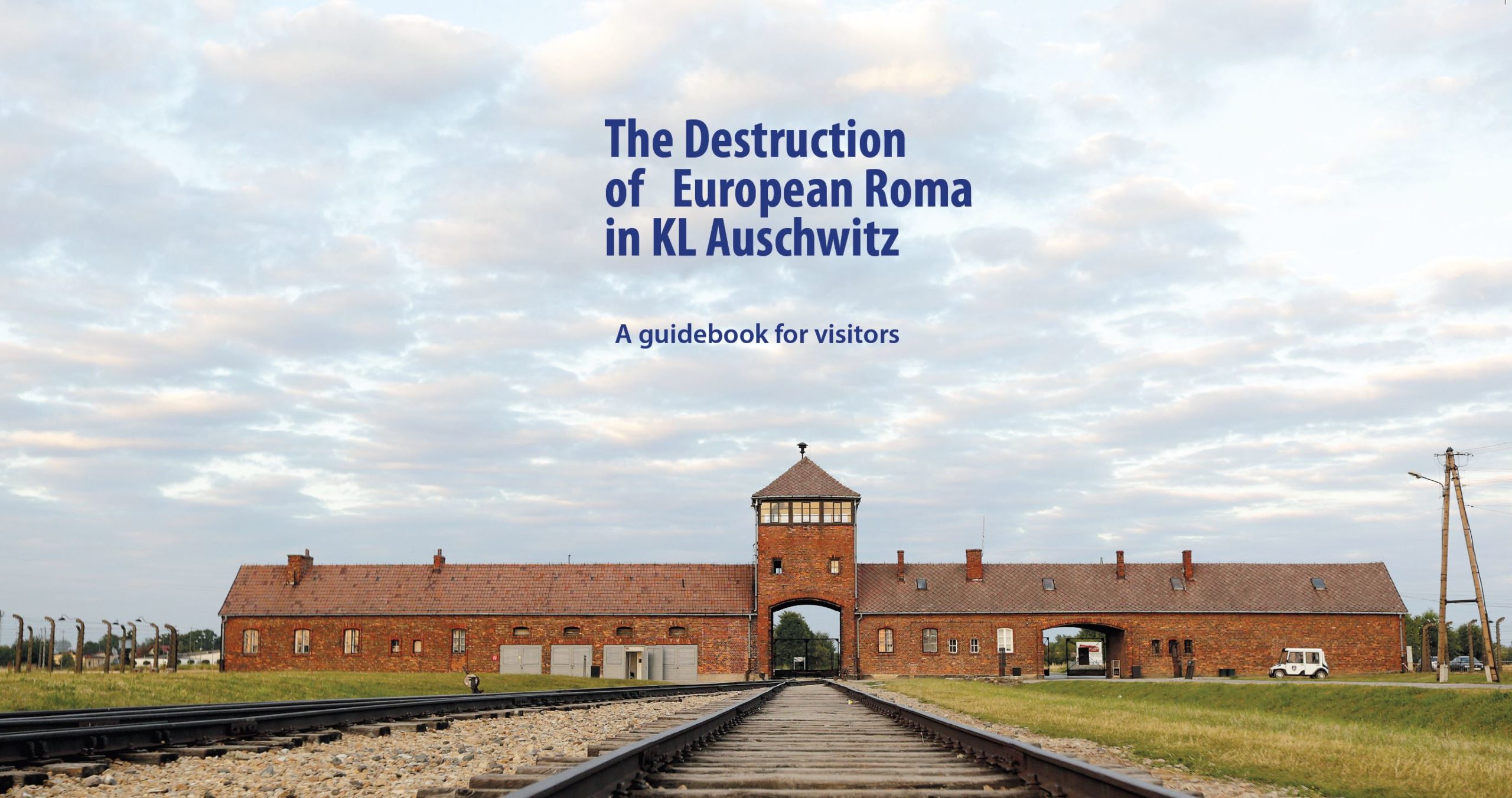
The Destruction of European Roma in KL Auschwitz
A guidebook for visitors
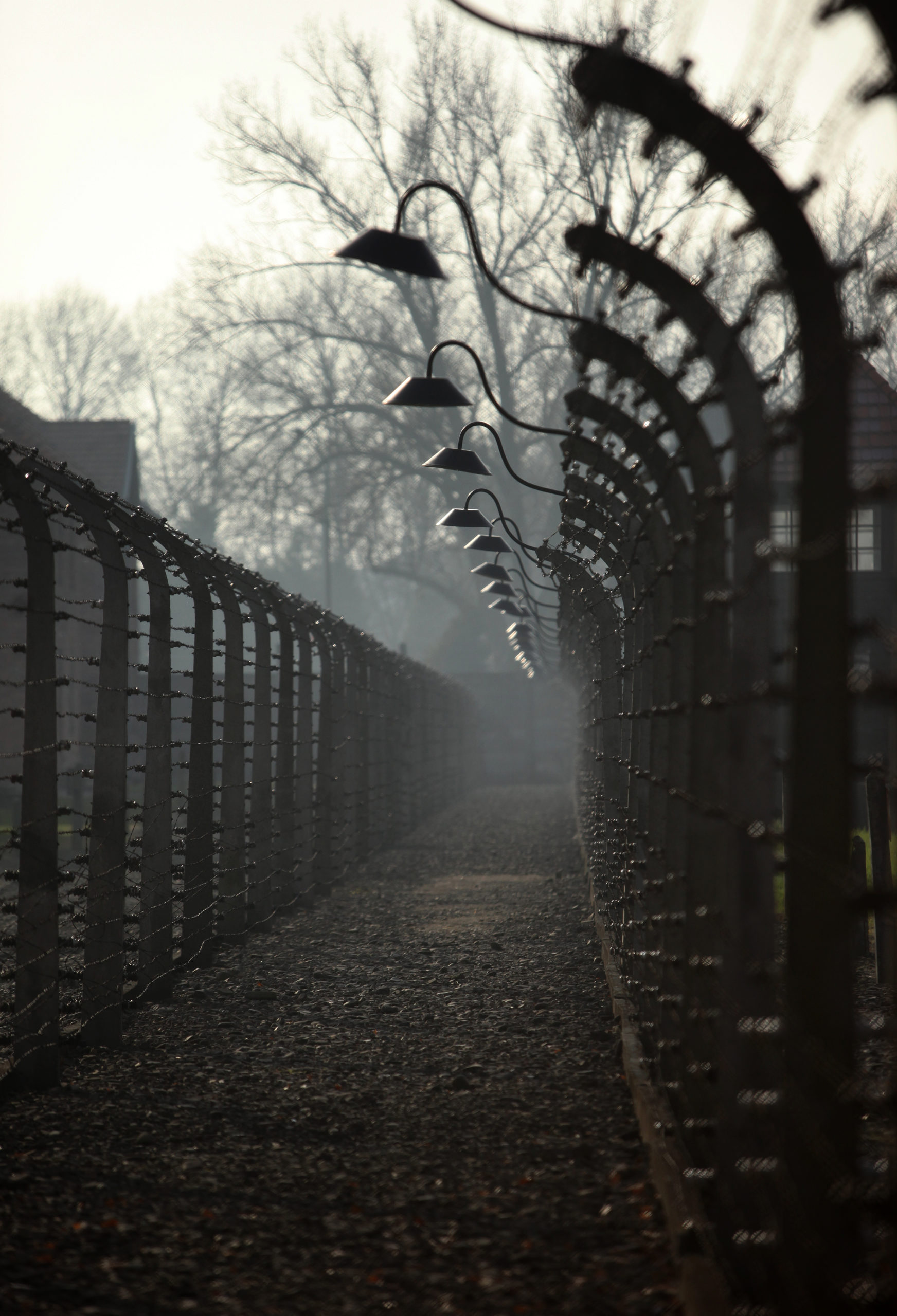
The genesis and course of the Nazi persecution of Roma and Sinti
Extract from “The Destruction of European Roma in KL Auschwitz: A guidebook for visitors”
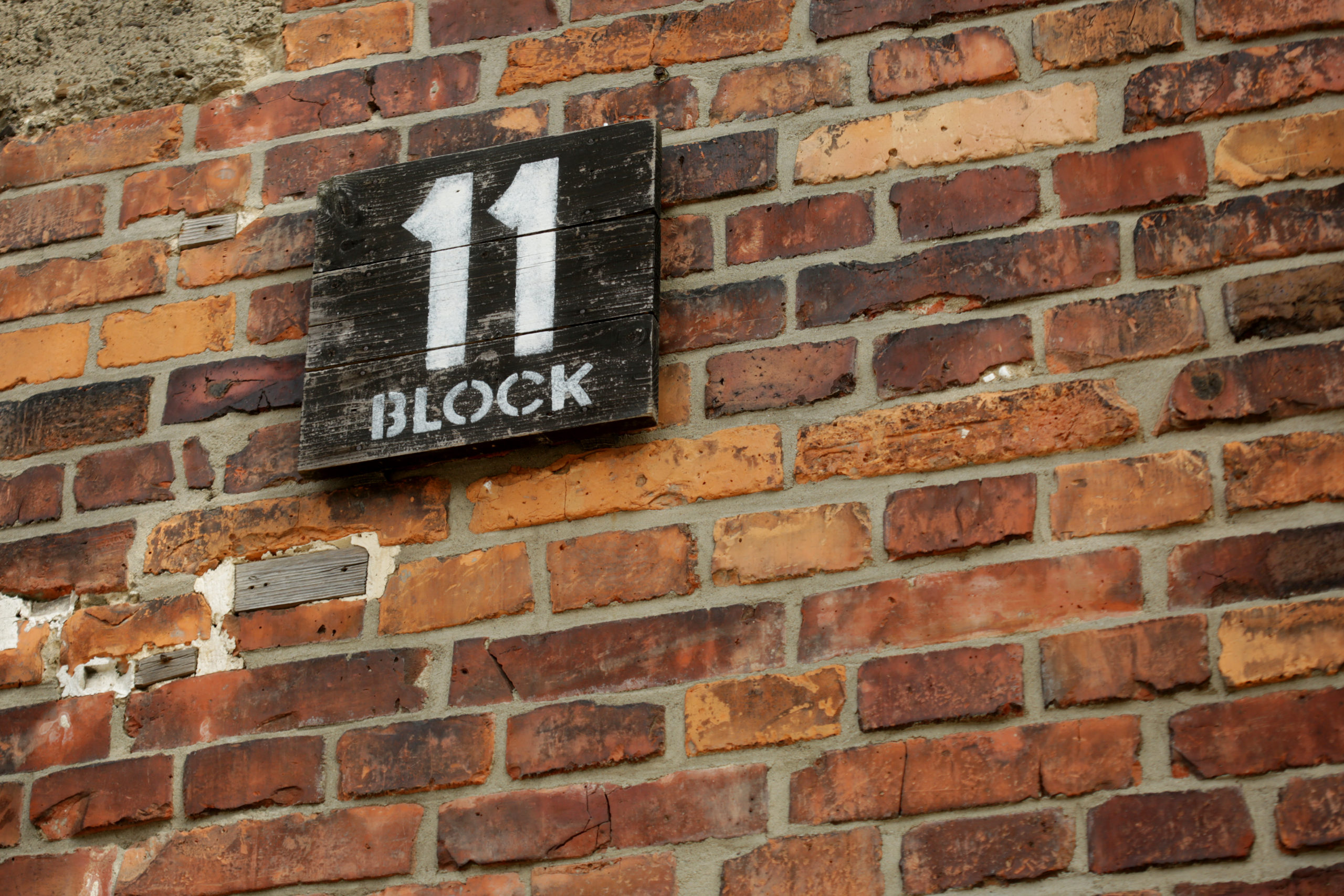
Block 11
Extract from “The Destruction of European Roma in KL Auschwitz: A guidebook for visitors”
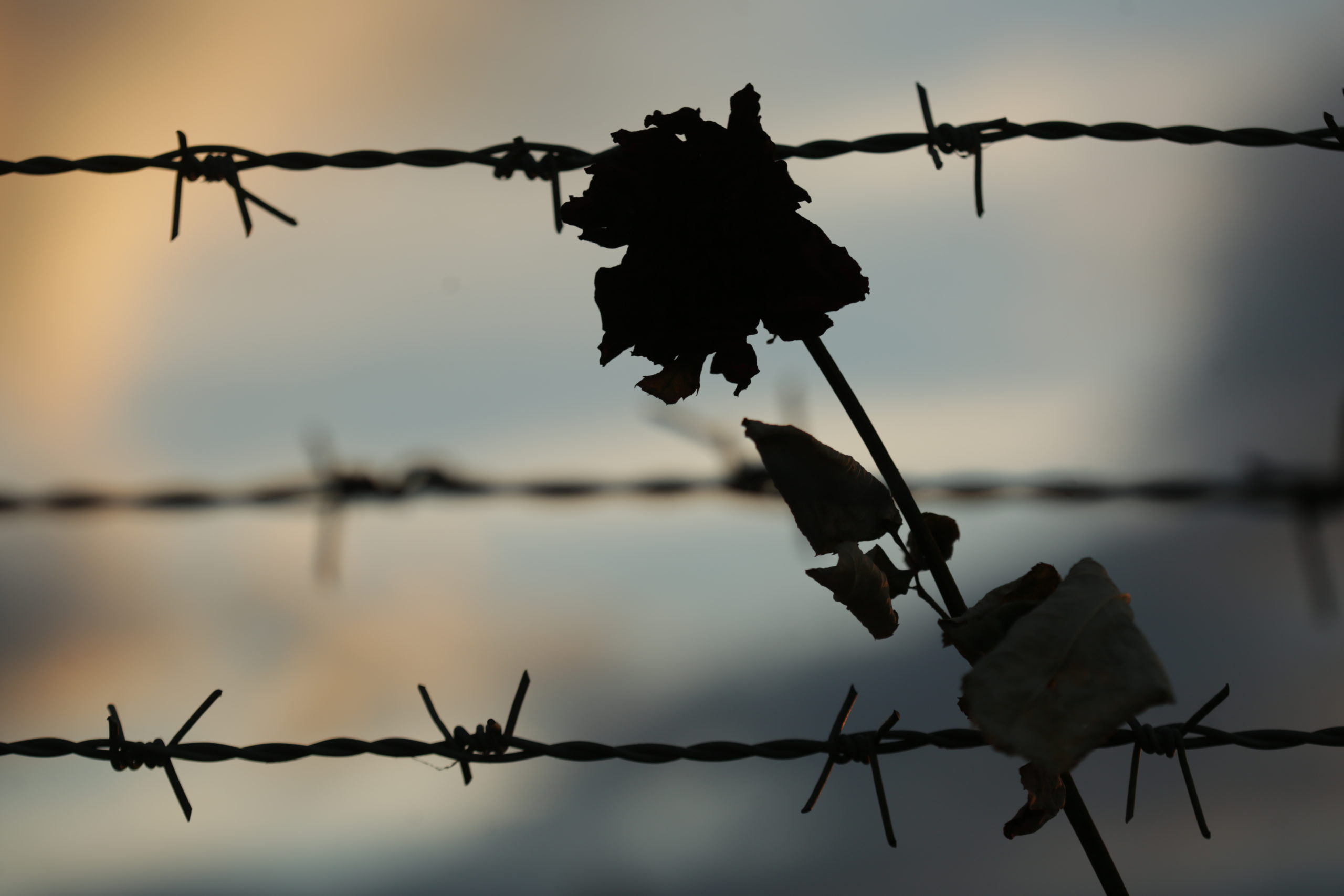
Escapes
Extract from “The Destruction of European Roma in KL Auschwitz: A guidebook for visitors”
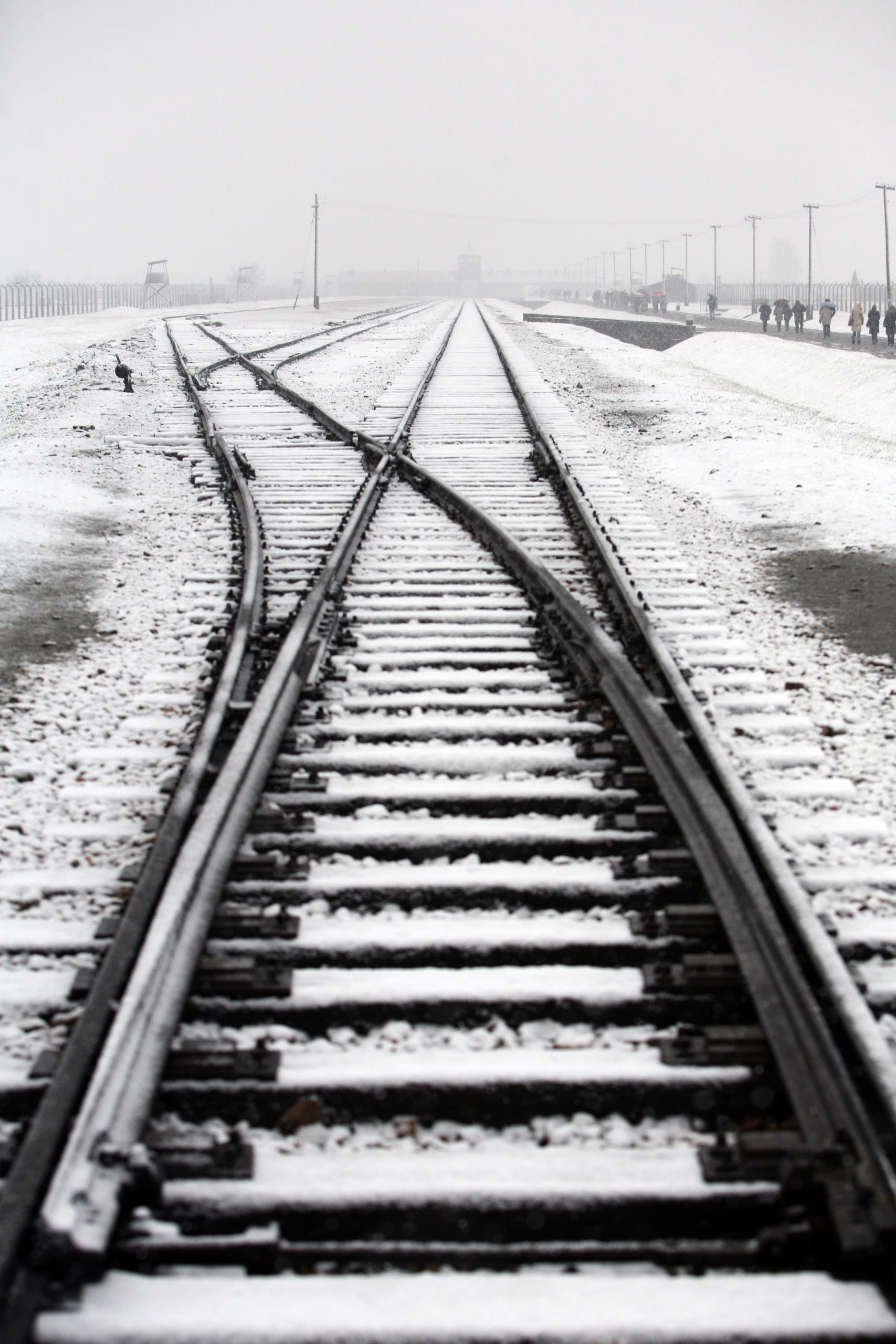
“Zigeunerfamilienlager” (“Gypsy family camp”)
Extract from “The Destruction of European Roma in KL Auschwitz: A guidebook for visitors”
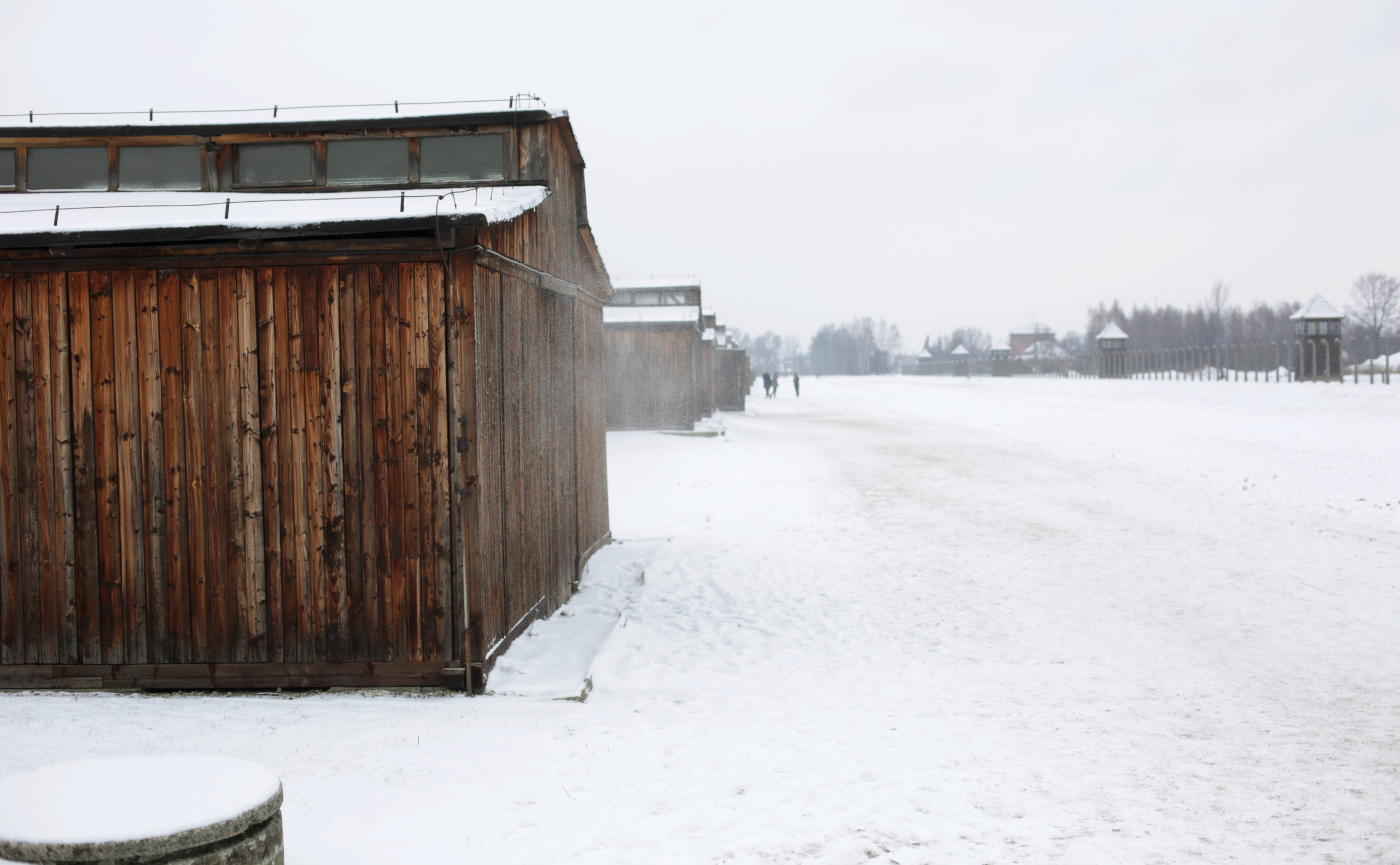
Arrival in the “Zigeunerfamilienlager”
Extract from “The Destruction of European Roma in KL Auschwitz: A guidebook for visitors”
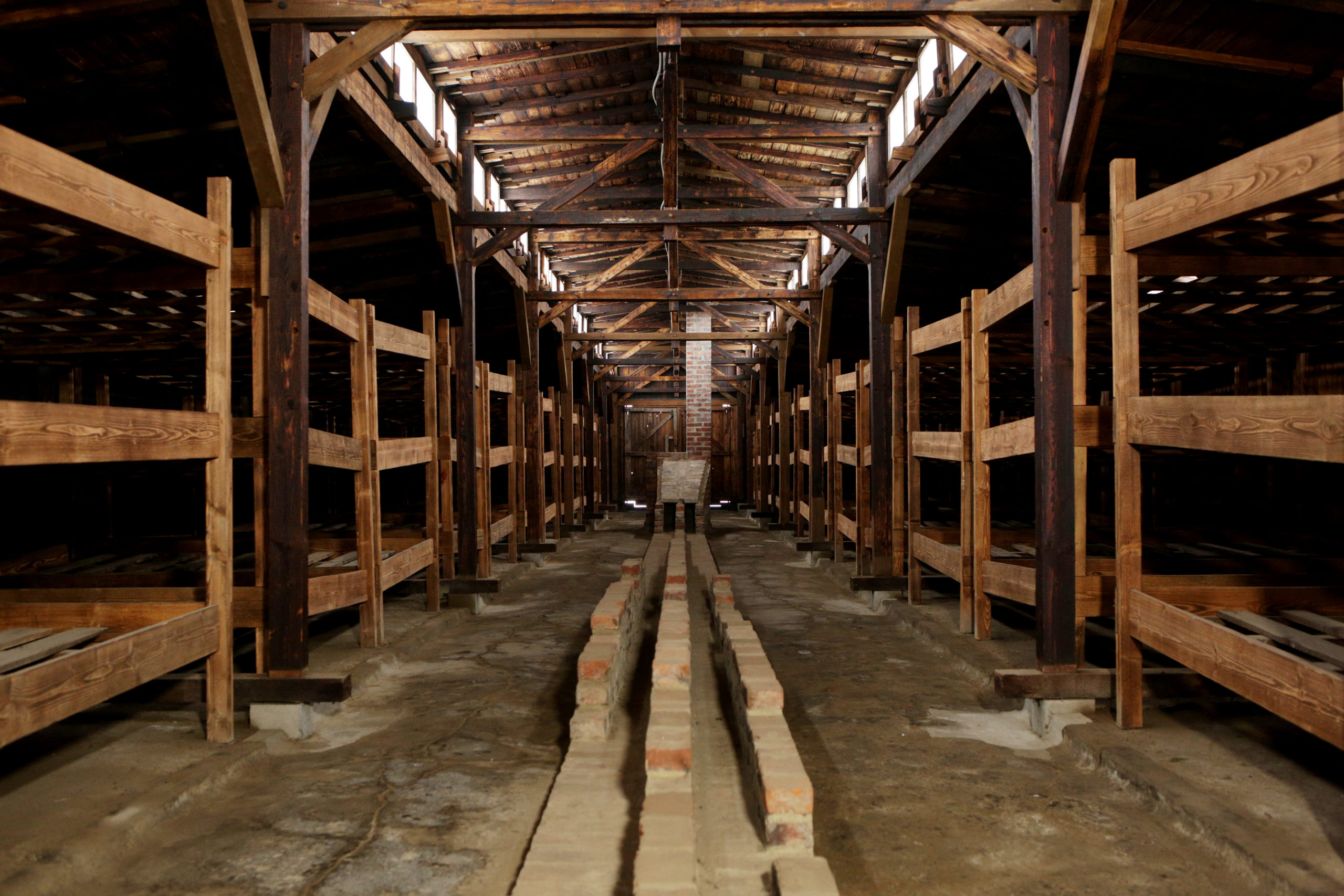
The life of Prisoners
Extract from “The Destruction of European Roma in KL Auschwitz: A guidebook for visitors”
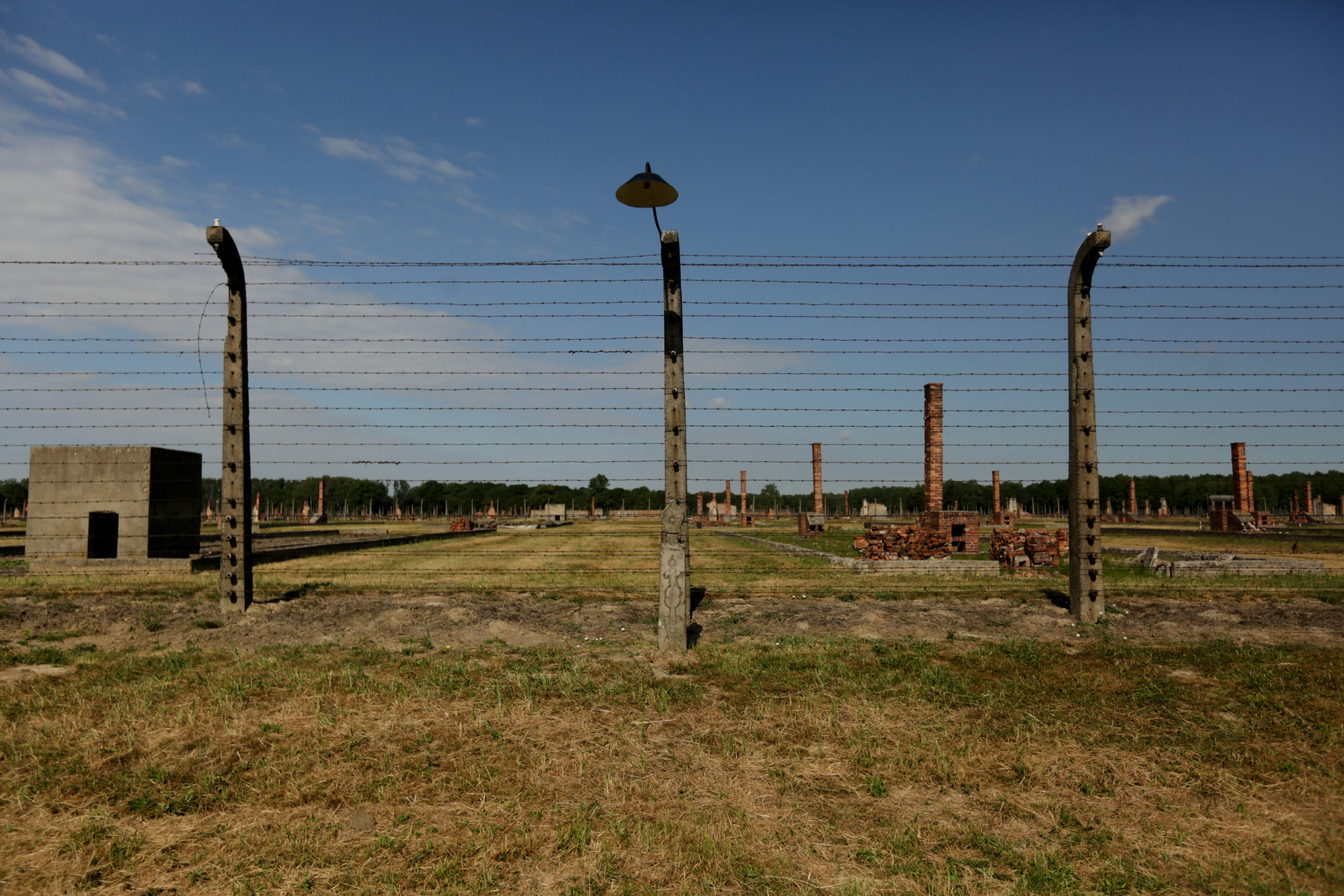
Children
Extract from “The Destruction of European Roma in KL Auschwitz: A guidebook for visitors”
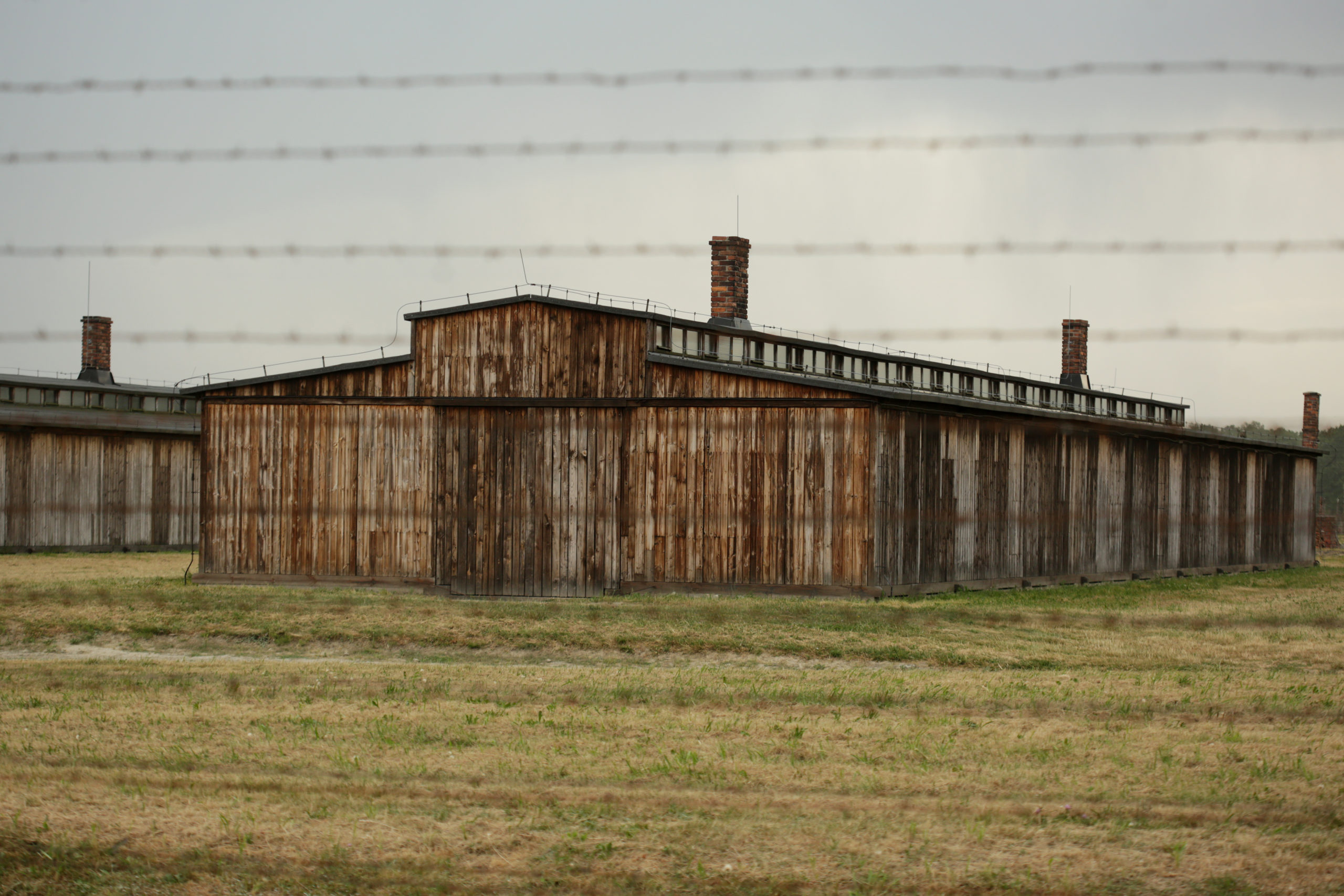
Dr. Mengele and experiments on prisoners
Extract from “The Destruction of European Roma in KL Auschwitz: A guidebook for visitors”






